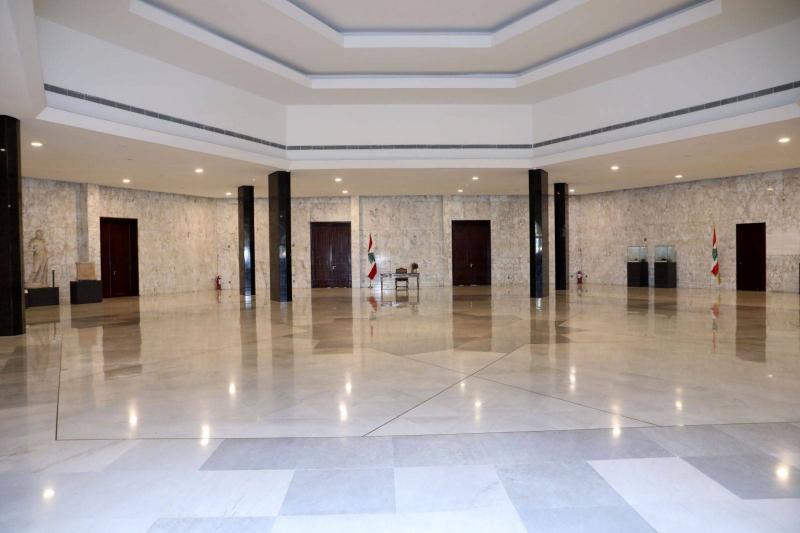Not long ago, Condoleezza Rice heralded that we would have a map for a New Middle East without clarifying the nature of this amendment; was it in content or in form? Before 1920, Lebanon was not as it is today, but the Sykes-Picot agreements imposed by the victorious countries attached four districts to Lebanon that originally belonged to neighboring states. Thus, we ended up with Greater Lebanon, which was celebrated at the Pine Palace, the official residence of the French Mandate. This new formula was meant to thrive and grow into a real state, but it failed to unify the country. There remained those nostalgic for the East and those longing for the West, and these two longings did not meet, leading to the shaking of the formula that was agreed upon in 1943. This formula shook three or four times, during which the Lebanese stood against each other, fighting for "their Lebanon," which they perceived as different from the other Lebanon. The formula continued to shake at the first turn and ultimately reached a separation, prompting the wise from both sides to think of alternative formulas such as partition, expanded decentralization, and finally federation.
There is no doubt that there is a fundamental disagreement regarding the type of governance in Lebanon, as sectarianism continues to control the minds of the political class and their future projects. The Taif Conference aimed, among other things, to eliminate sectarianism and devised a constitutional body called the "Senate." However, the ruling class did not establish this council because its existence aligns with the continuation of sectarianism, which feeds its political work. Perhaps this is why the idea of the New Middle East means reevaluating the maps of Lebanon and the region in accordance with the ideas and dreams of the religious groups that make up the area, making it easier to govern.
Today, we witness many difficulties in agreeing on a new President for the Republic because all those working towards this goal think sectarianly, not nationally. The internal situation in Lebanon is rapidly heading toward the abyss, with the collapse of national institutions, leading to the dissolution of the entity. Even the individuals whose names are being circulated as potential candidates have not proposed any real project, let alone a constructive one, that outlines their vision for rescue. Instead, various conditions burden the candidates with diverse commitments that do not prevent the collapse.
The vast majority of Lebanese do not want to change the system, modify borders, or mobilize religious groups; they only want one thing: a governing apparatus consisting of the President of the Republic, the Prime Minister, and the government, all working under one inspiration: "rescue" and nothing else at this time. Once rescue is genuinely achieved, there is nothing to prevent the Lebanese from agreeing "coolly" on a new image for Lebanon. In other words, the priority scale must be adjusted, with rescuing Lebanon from all its tragedies at the top.
Thus, what is required is for the governing program to be shared between the President and the Prime Minister, as they will work together to achieve this program after the leaders abandon sectarian selfishness and cease to identify with foreign countries and regimes outside Lebanon. It is unacceptable for Lebanon to remain for this duration without a President and without a government to rule concurrently; otherwise, a wide door opens for interpretations contrary to the constitution, not to mention the potential security breaches, which we are better off without.




